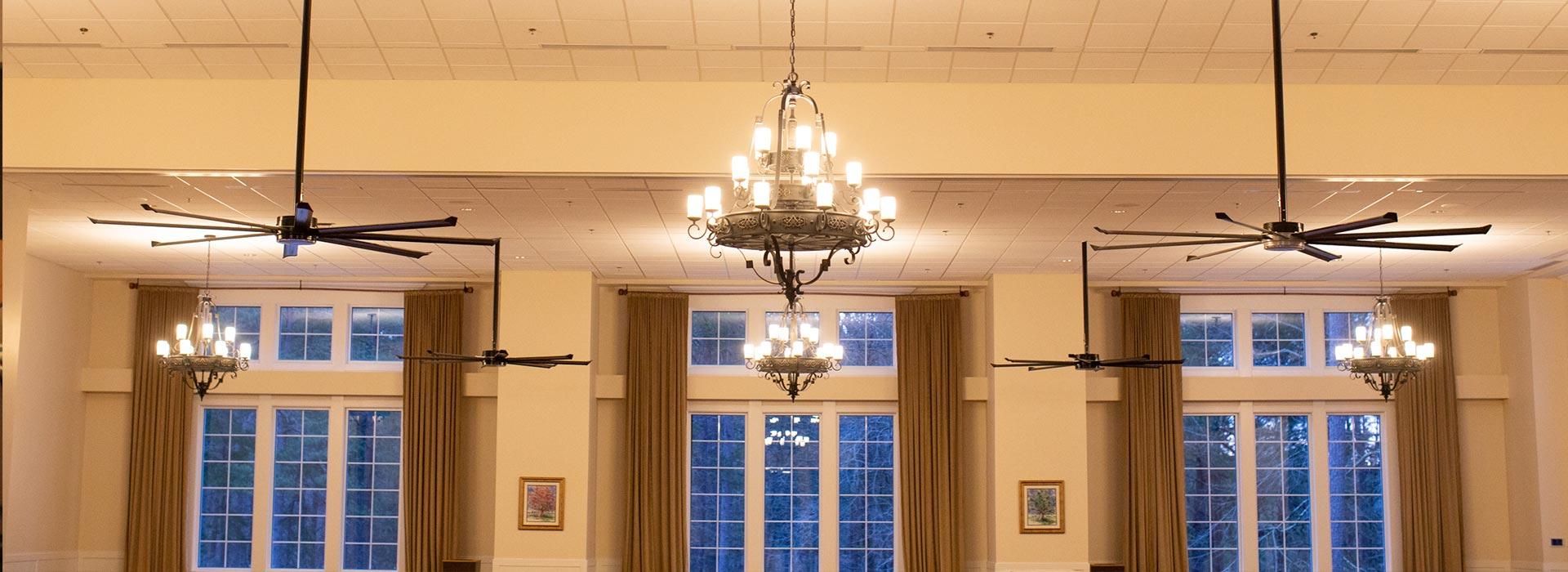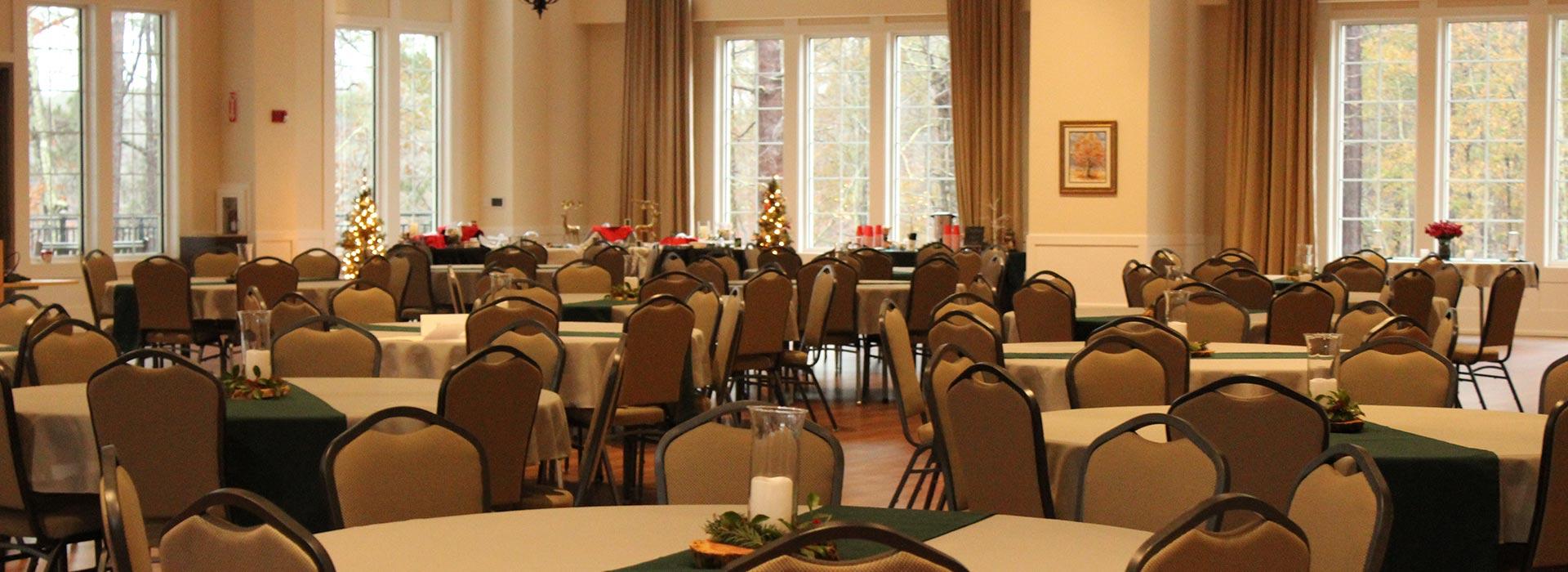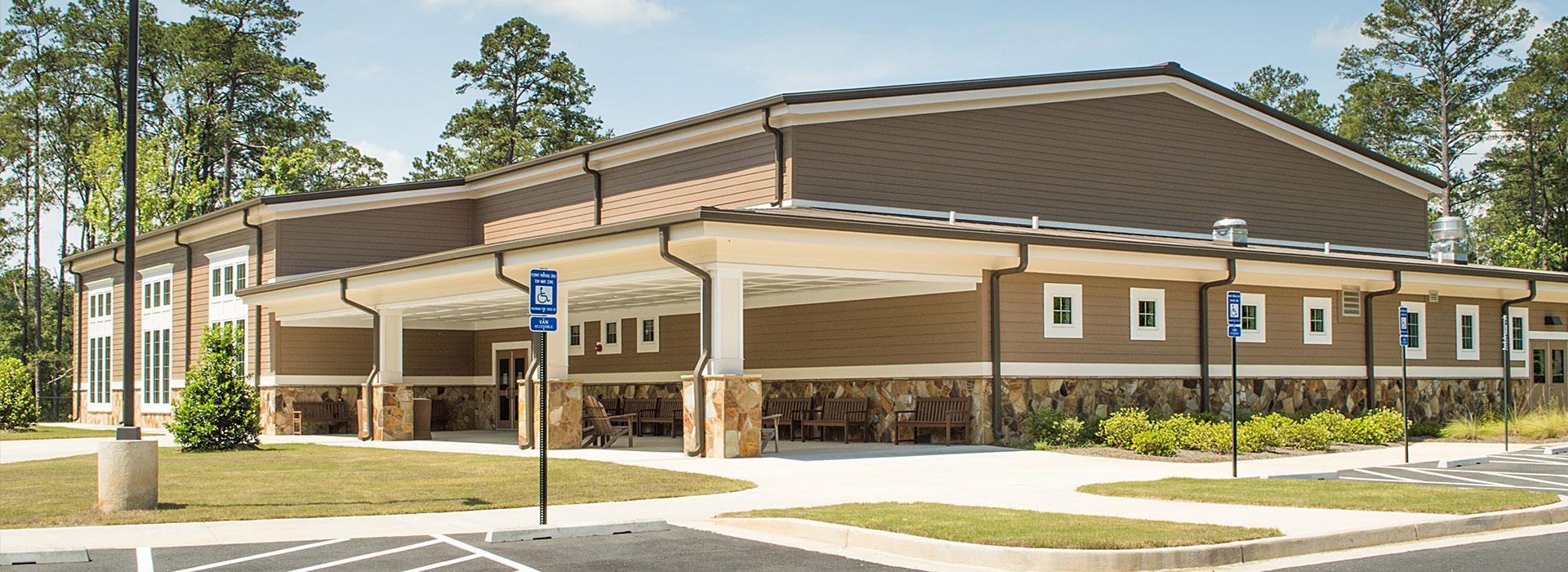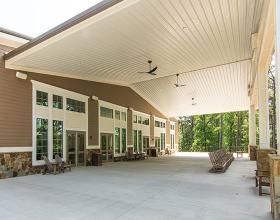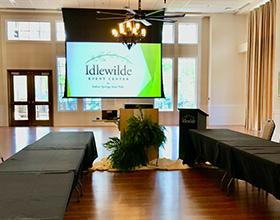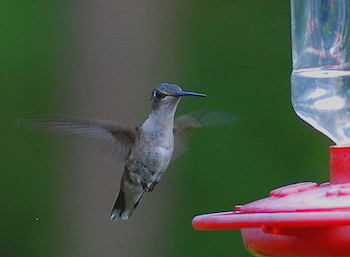
By Terry W. Johnson
I have recently received a number of emails from Georgia hummingbird enthusiasts wanting to know why they are not currently seeing many hummingbirds. This hummingbird “drought” follows on the heels of March and April when many of these folks reported hummers were scarce then, too. This has people wondering whether something has happened to our beloved hummingbirds.
Ever since I began watching hummingbirds decades ago, I have noticed that hummingbirds seemingly vanish from our backyards in May. Based on my experience, it is my belief there are four main reasons for hummingbirds being largely no-shows this month.
First, the spring hummingbird migration is over in the Peach State. In the latter half of March and into April, it was in full swing with literally thousands of hummingbirds passing through our state.
How quickly they wing their way through our neck of the woods is greatly affected by temperatures. When we are experiencing cold weather during these months the birds linger longer before moving on north. During the years this happens, we get to see larger numbers of hummingbirds over a longer period of time than during a warm spring.
Now, as we all know, temperatures this year have been above normal since the first of the year. Consequently, it is logical to assume hummingbirds had no incentive to dally in Georgia before proceeding north. This meant fewer hummingbirds gathering at our feeders to refuel before resuming migration. Therefore, by the end of April the only birds we were likely to see at our feeders were those raised locally.
The male segment of this population quickly scatters out across the countryside seeking places where they can establish breeding territories that contain an abundance of food and suitable nesting sites. Each territory can vary in size from 1 to 2 acres or more. When this happens, you might not see a male at your feeder unless your yard happens to be within one of these breeding territories.
This is why at this time of the year we often see more females at our feeders than males. However, once they begin to fan out across the Georgia landscape looking for places to nest, you can eventually be left with a single female that is nesting in a breeding territory that includes your yard. If your yard is not part of a breeding territory, it is possible you will not see a hummer until the year's first nesting effort is over.
To make matters worse, once female hummingbirds begin nesting they have little time to visit feeders. It seems while she is incubating she will spend upwards of 80 percent of her time perched atop her clutch of two tiny eggs.
On top of that, during the month of May a number of wild nectar plants are beginning to bloom. They and swarms of tiny insects that are hatching out right now provide the birds with an abundance of food.
Unfortunately, one of these plants is the invasive alien Japanese honeysuckle. Around my middle Georgia home, when it is in full bloom hummingbirds seem to spend more time feeding on the sugary nectar found at the bottom of their long, white tubular-shaped blossoms than the food we offer in feeders.
As you can see, at least four natural occurrences are working against us this month. Therefore, we are forced to resign ourselves to the fact that you cannot argue with Mother Nature. However, there is no better time to begin preparing for the upcoming flood of hummingbirds. One of the best ways to do this is by planting a wide variety of hummingbird nectar plants that will provide food for the birds from summer into fall. It has been my experience that the folks who consistently attract the most hummers are those who offer the birds a combination of nectar plants and feeders.
I hope I have alleviated any fears that the hummingbird population has plummeted. Rest assured, the hummingbirds will return.
Terry W. Johnson is a retired DNR program manager and executive director of TERN, the Wildlife Conservation Section’s friends group. Check out past columns, his Backyard Wildlife Connection blog and his book “A Journey of Discovery: Monroe County Outdoors.” His columns are also featured at DNR’s blog, under the Conservation tab. Permission is required to reprint a column.
